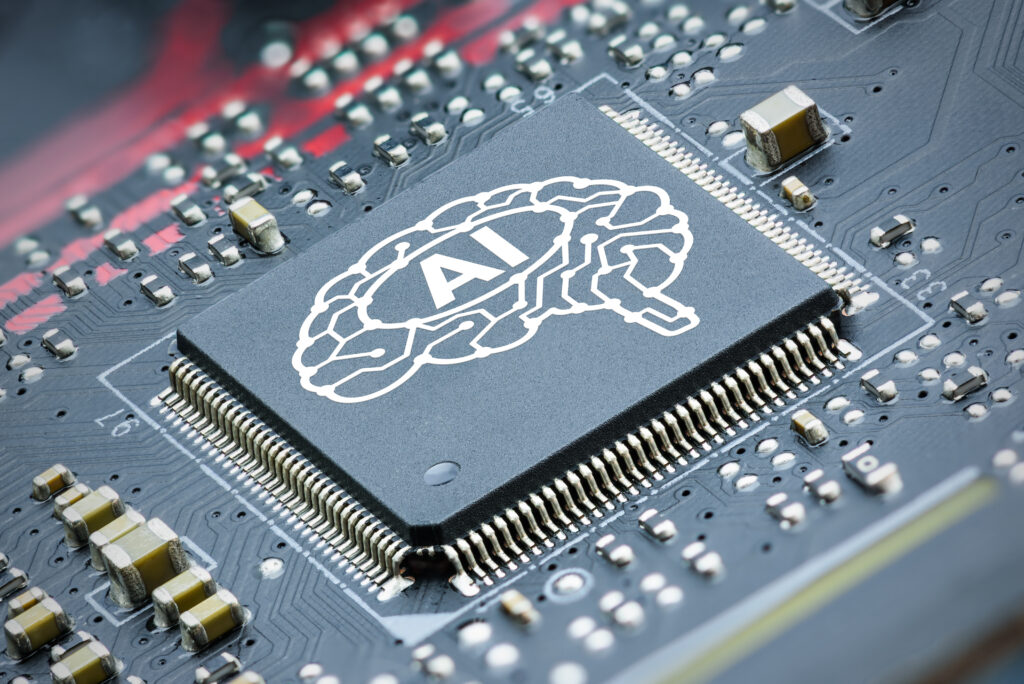
Source: Shutterstock
By Bolaji Ojo
What’s at stake: Perhaps out of fears of being displaced, despite recognizing the limitations and challenges of the technology, engineers and executives at EDA companies, semiconductor suppliers and hyperscalers, have swiftly tried to adopt and integrate artificial intelligence into their workflow. The result is a massive reshaping of the design and production systems with such an intensity that engineers are re-examining the values they bring to the system amidst the realization that skills and knowledge must be upgraded to avoid being relegated to the bottom of the totem pole.
Artificial intelligence (AI) is doing more than just improving chip production. It is completely changing the industry’s fundamental principles.
In the most sophisticated semiconductor fabrication plants, algorithms now make decisions that previously took months or even years of meticulous human effort. From Nvidia Corp.’s state-of-the-art GPU designs to Intel’s hybrid CPU models, AI is accelerating the entire semiconductor ecosystem while confronting unprecedented challenges that redefine competitive landscapes.
The semiconductor industry has always embraced complexity, but today’s demands are extraordinary. As transistors approach atomic scales and chips grow increasingly specialized, conventional design and manufacturing methods have hit critical barriers. Where engineers once combined intuition and incremental improvements to advance Moore’s Law, modern processors, particularly CPUs and GPUs, demand radical innovation. AI has swiftly transitioned from experimental tools to indispensable backbone for industry leaders like NVIDIA, Intel, AMD, TSMC, and EDA pioneers Cadence and Synopsys.
